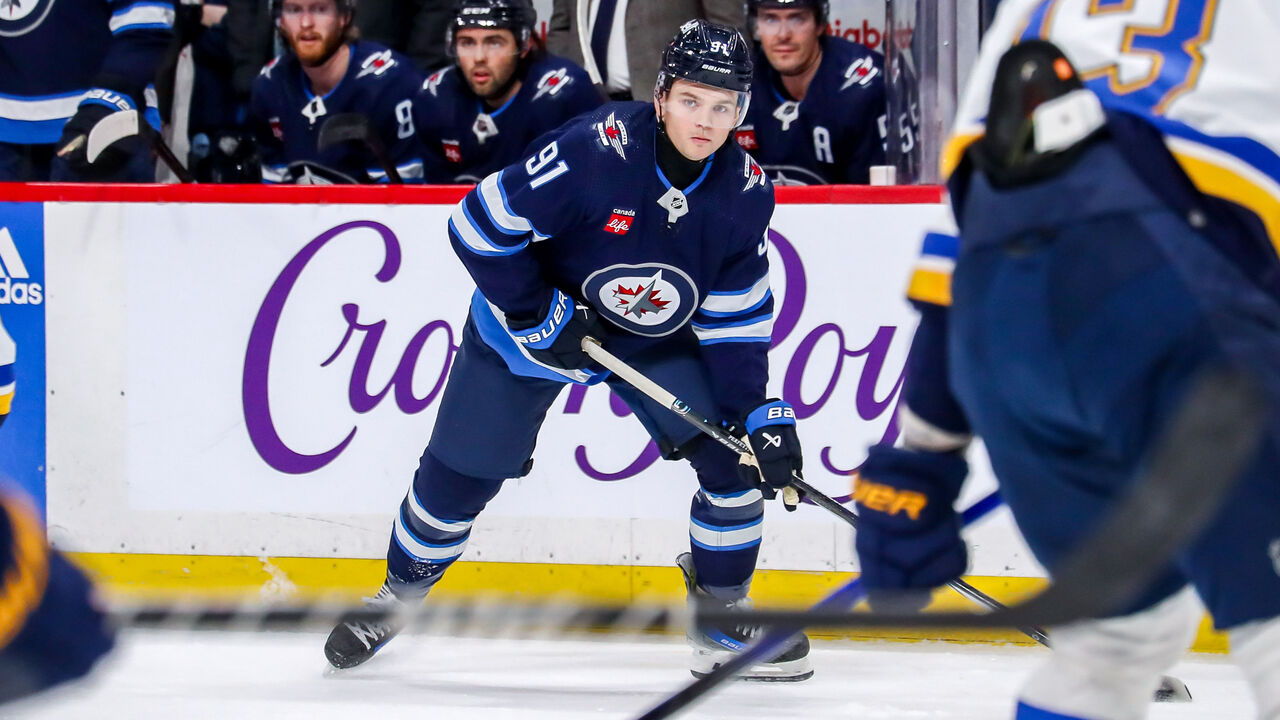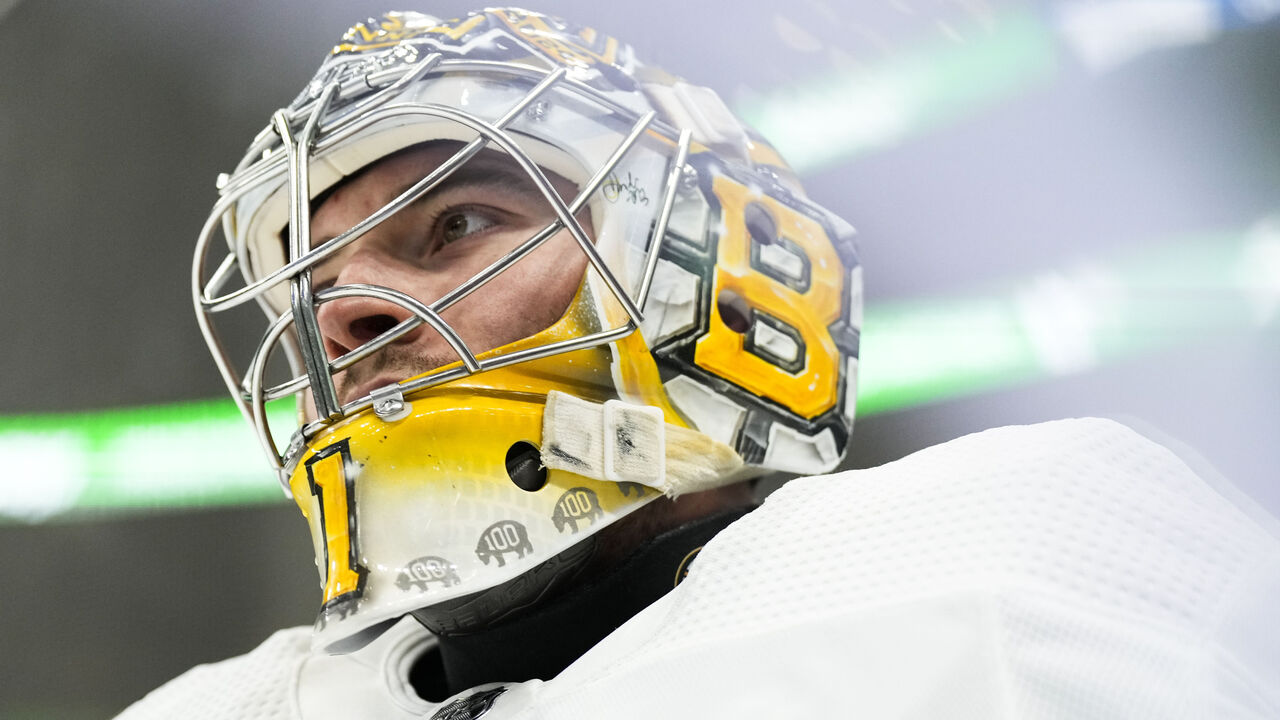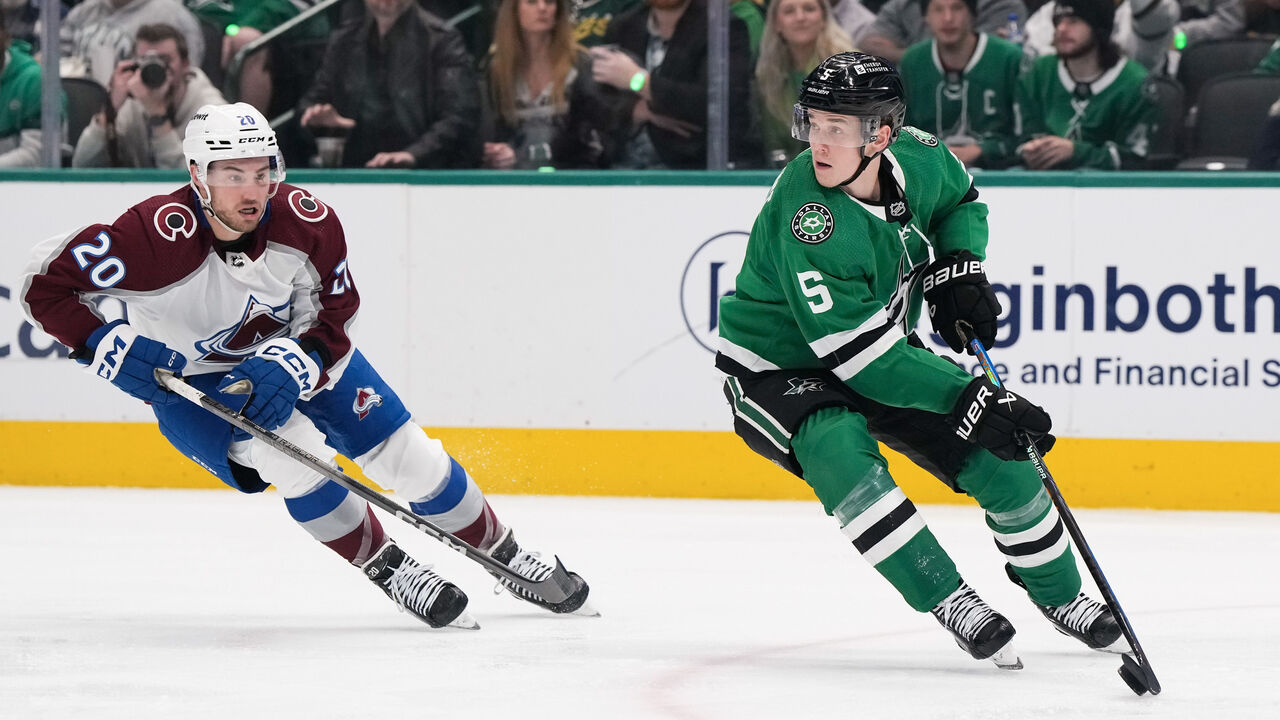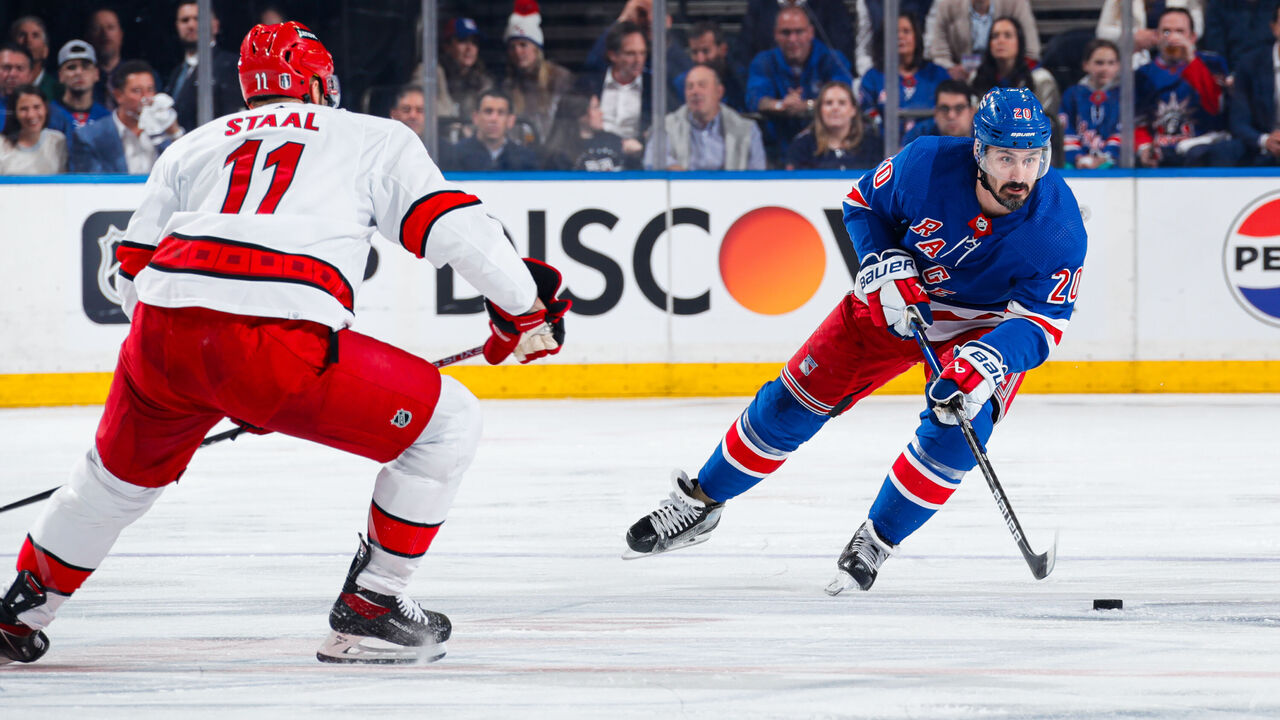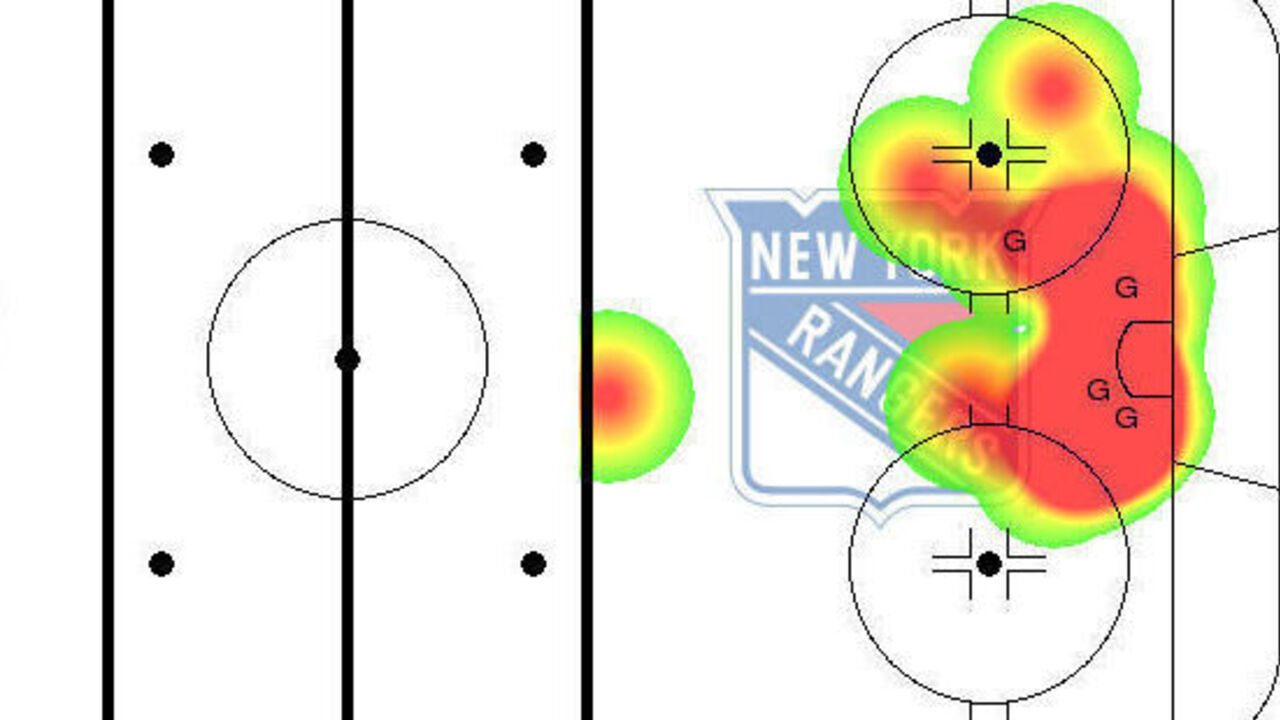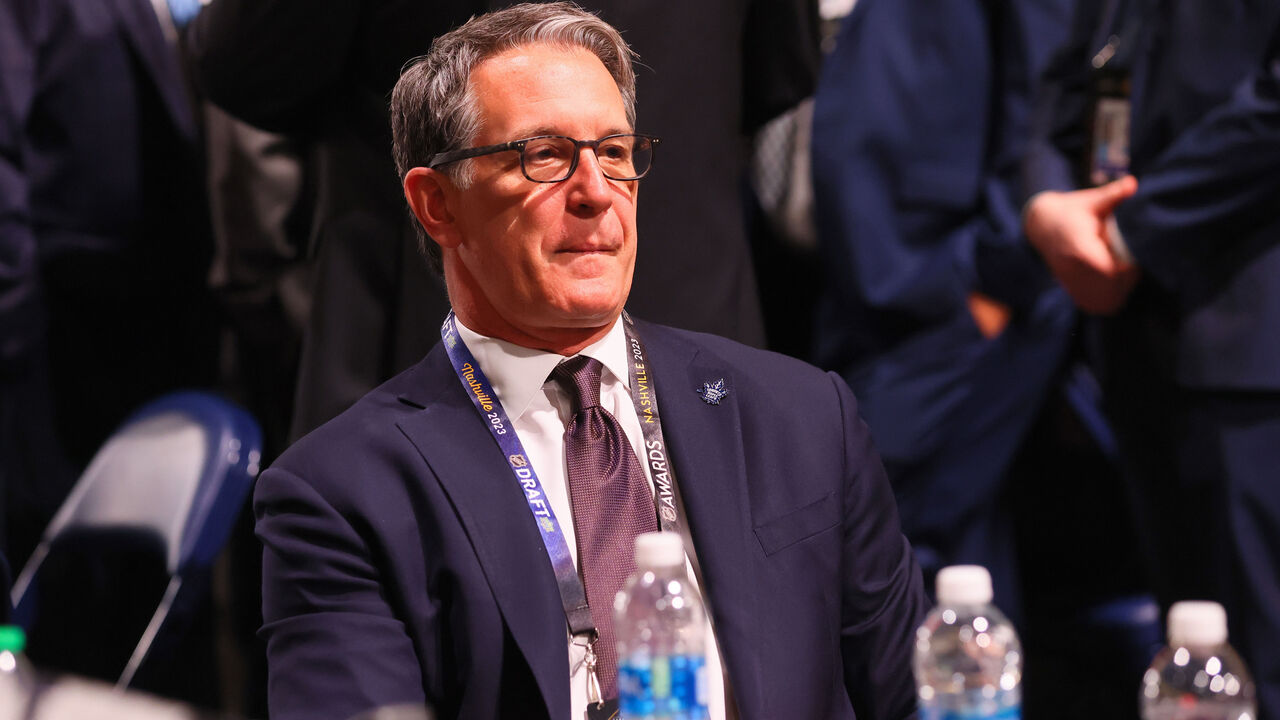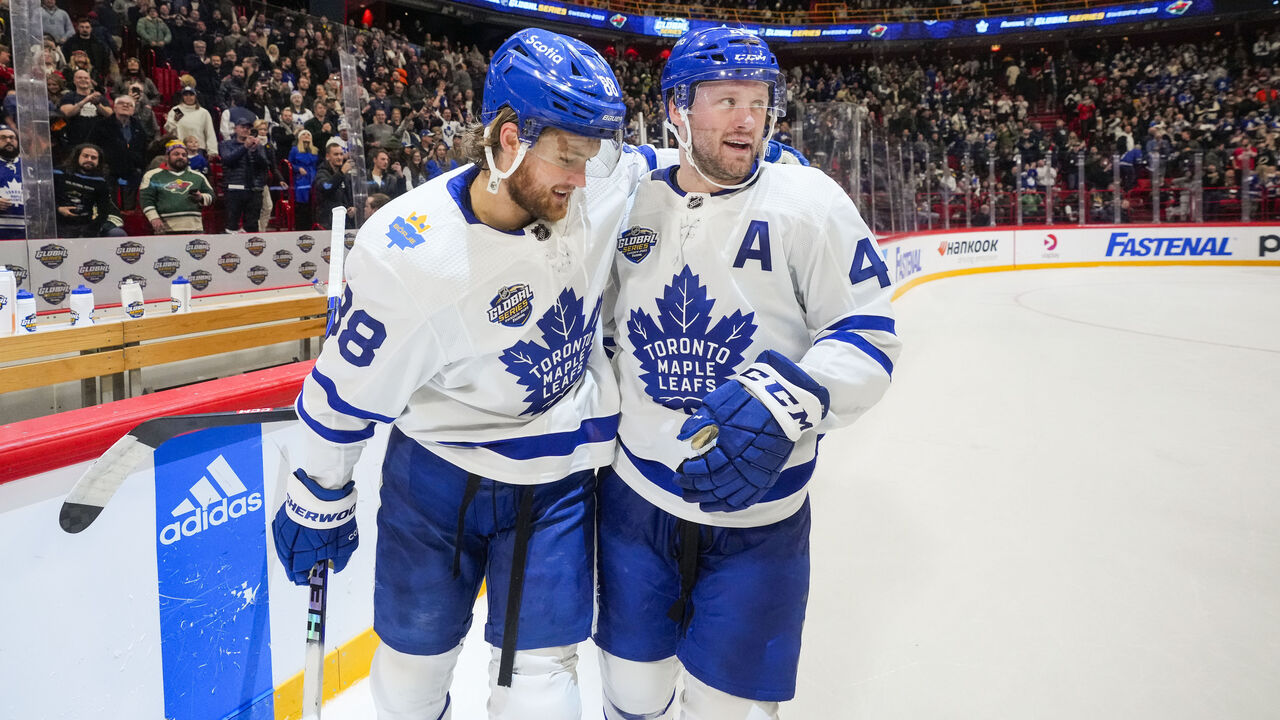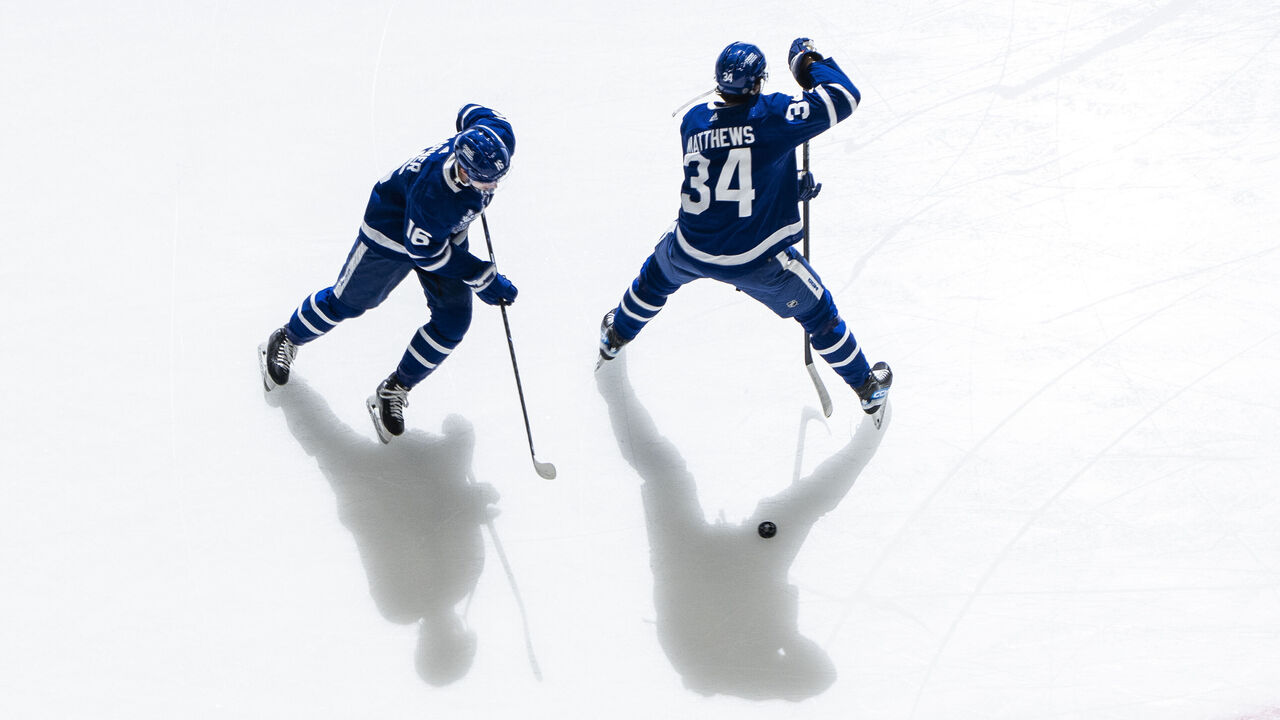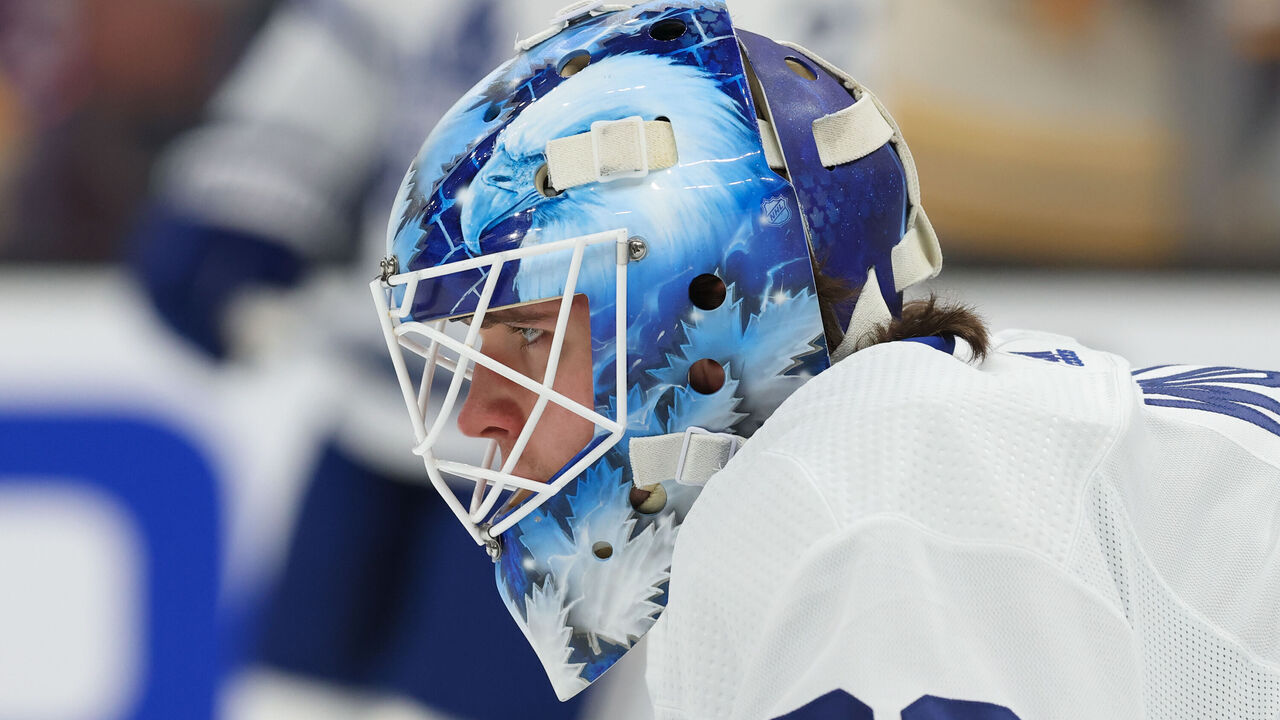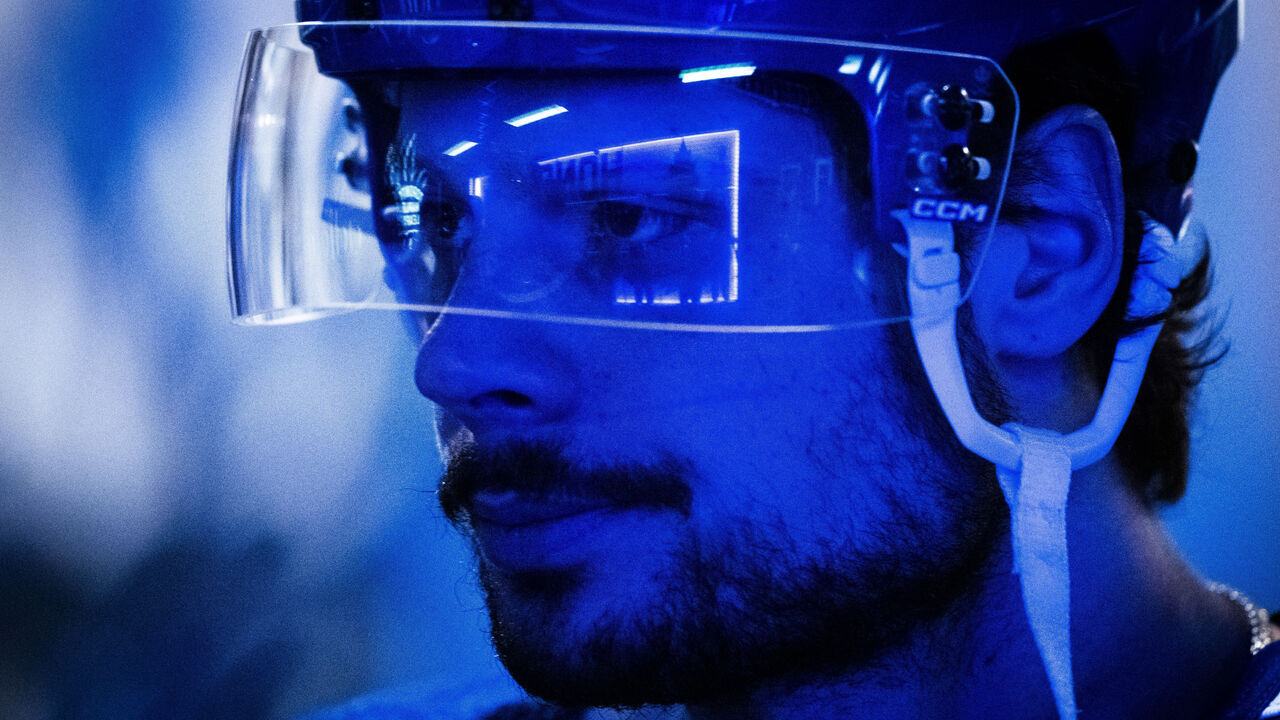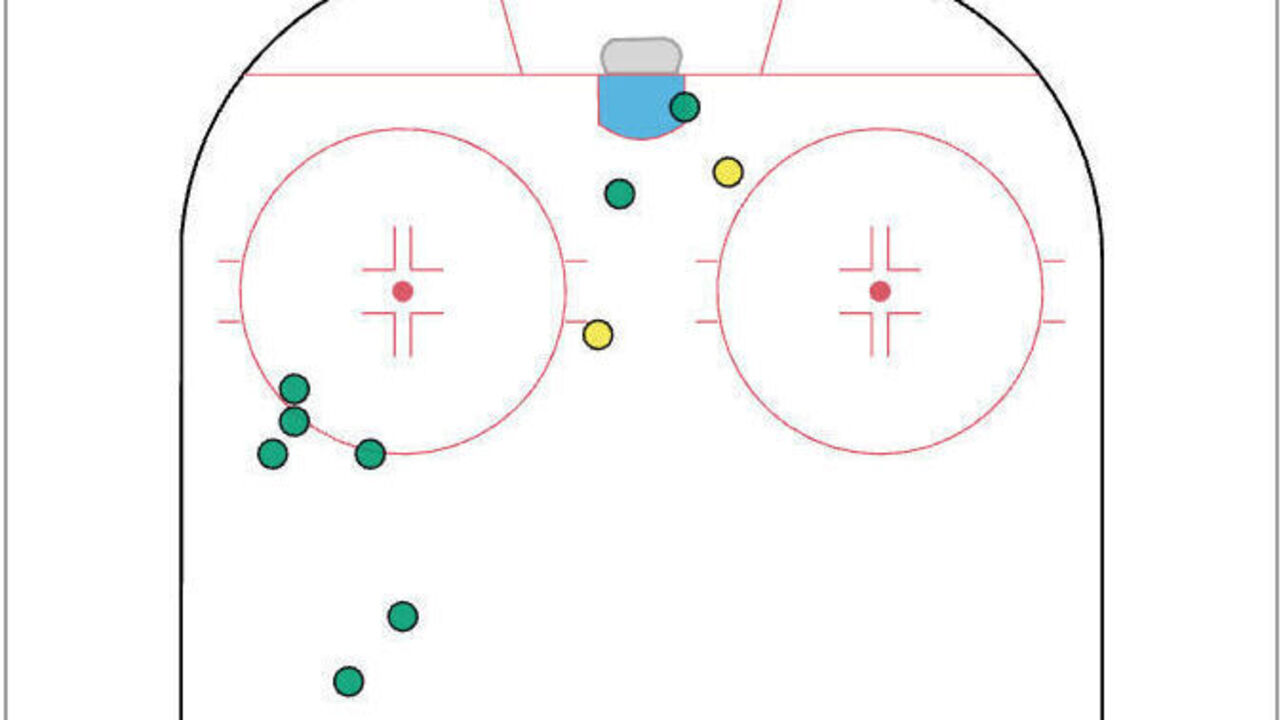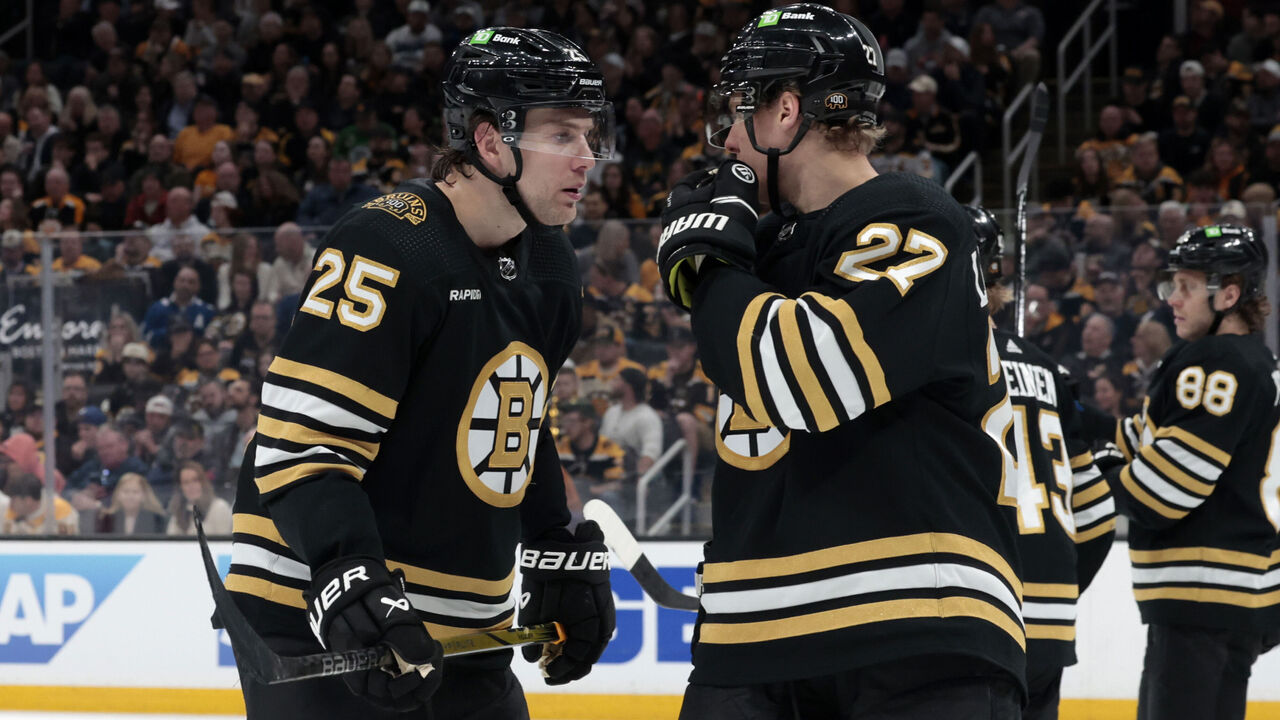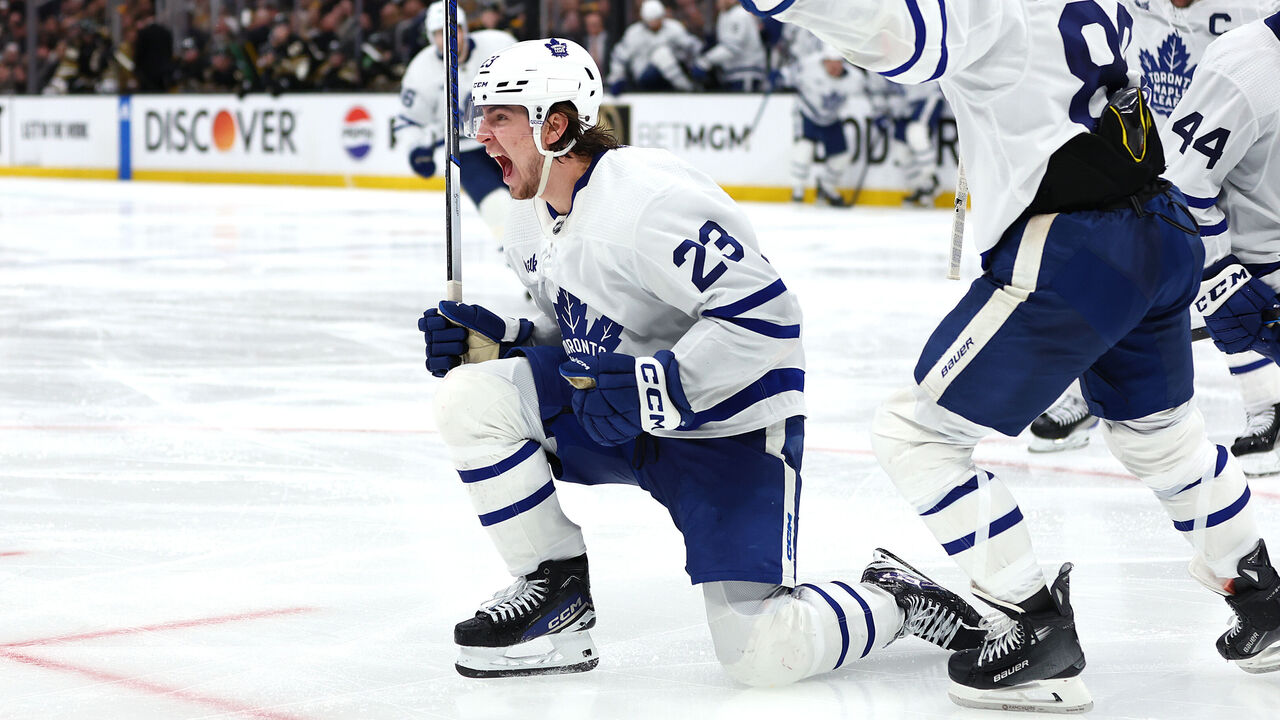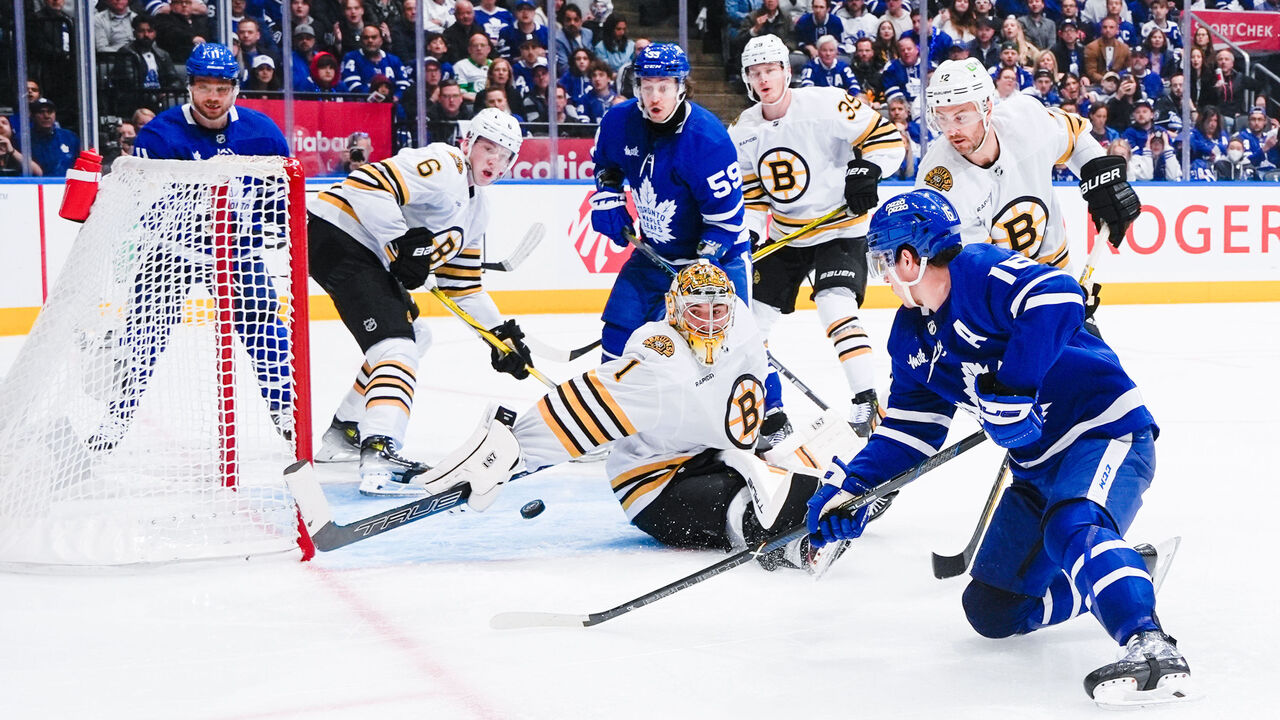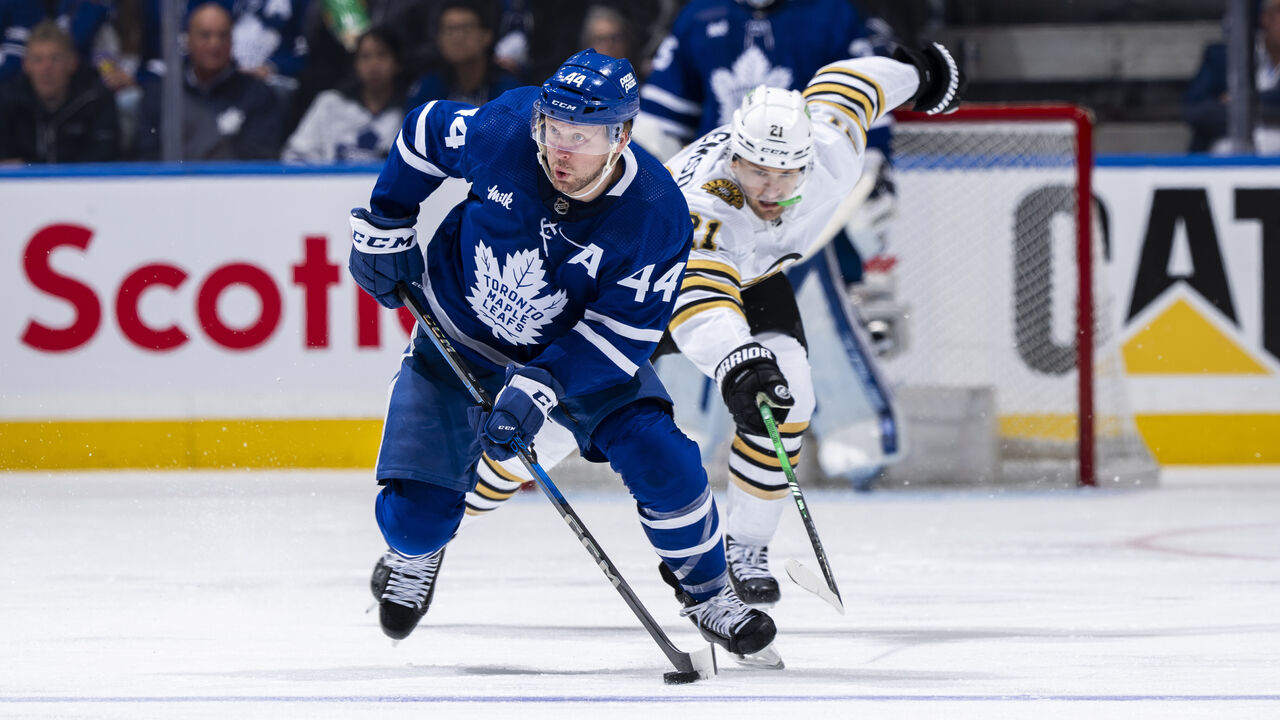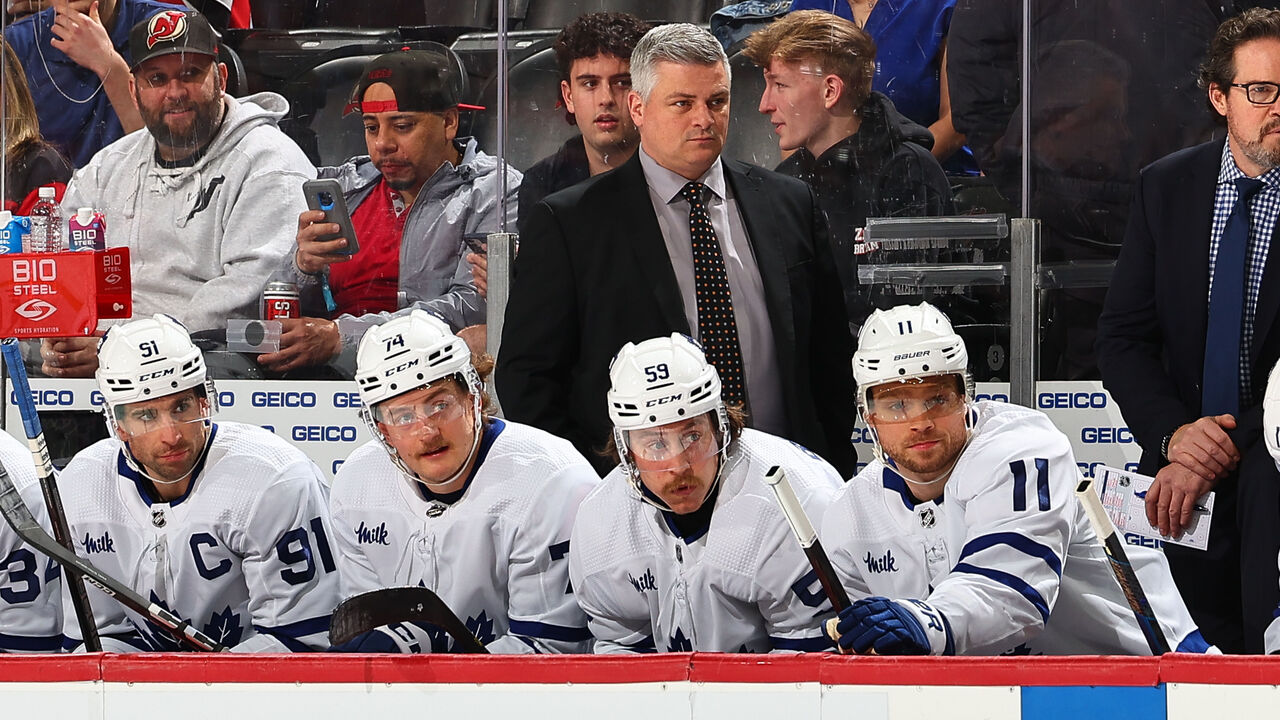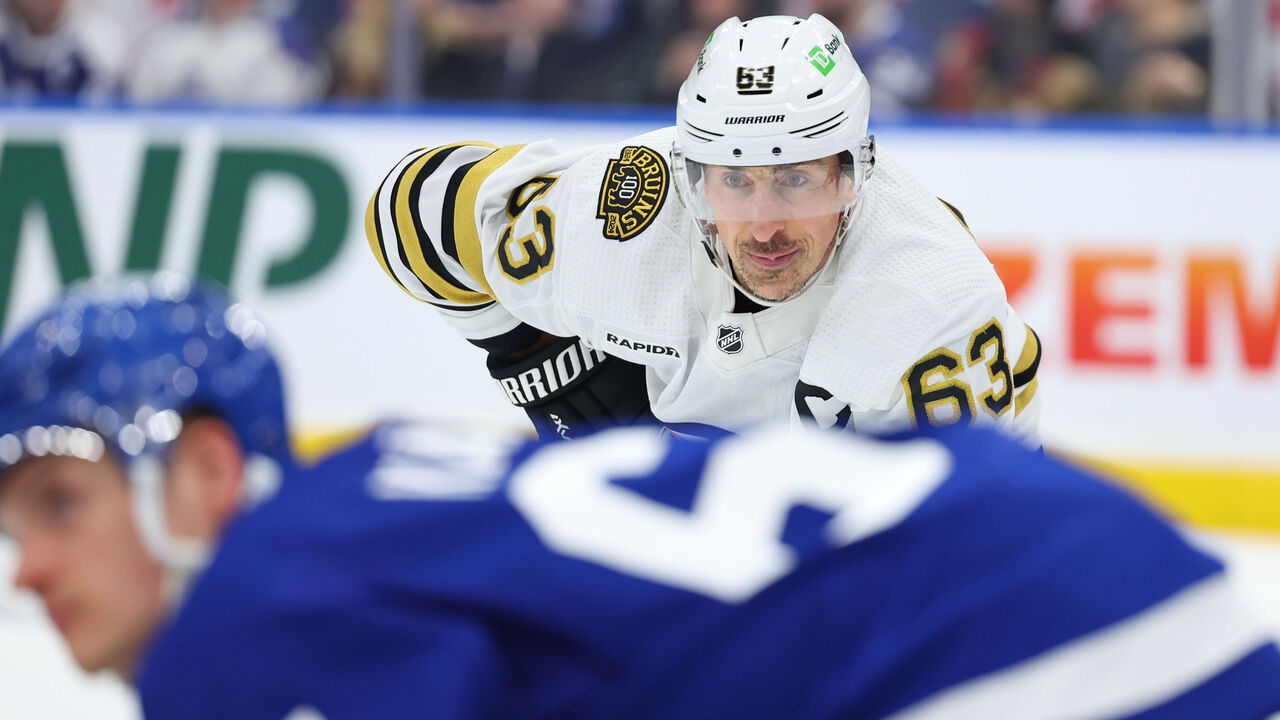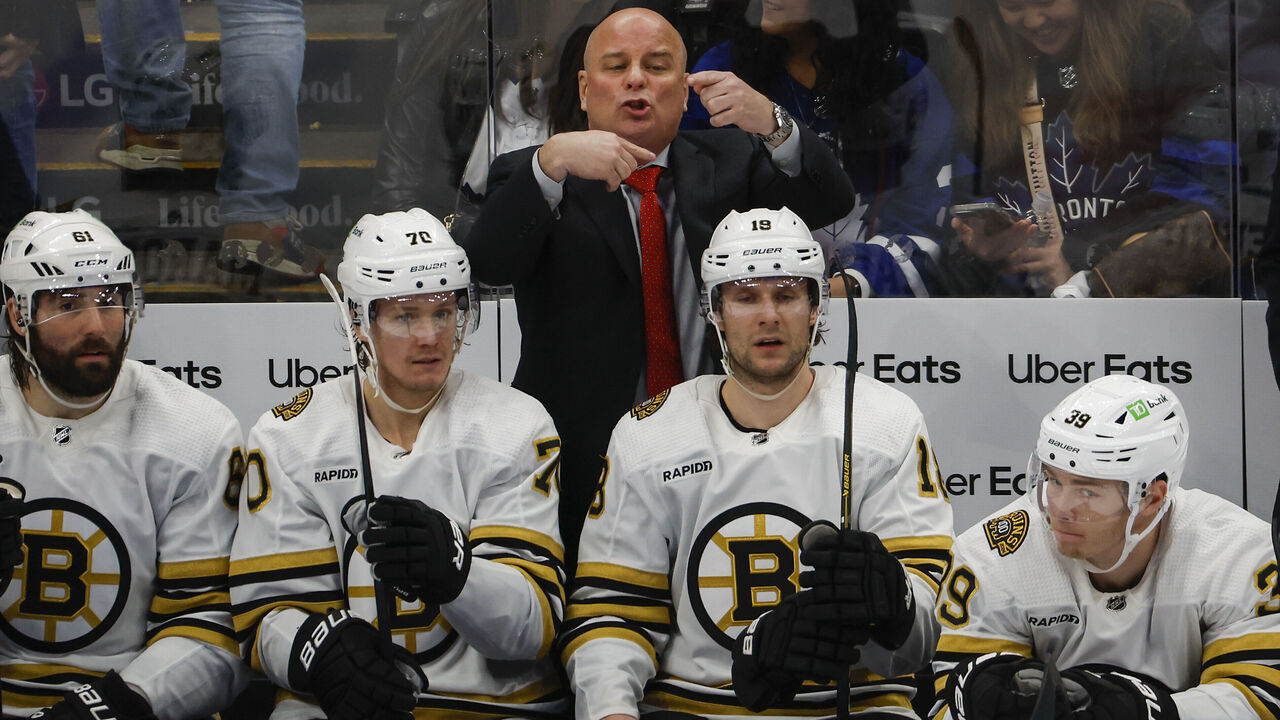Four teams are four wins away from advancing to the Stanley Cup Final.
Those teams finished first, second, fifth, and ninth in regular-season points. None of them are perfect, but only one has a glaring weakness (we'll get to that). In short, the NHL's conference finals should be awesome.
Here's one big question, X-factor, and tactic for each club.
New York Rangers

At stake: The last time the Rangers won the Cup? 1994. Last Cup Final appearance? 2014. Here they are again, right on schedule. This year's squad earned the Presidents' Trophy, then won seven straight to start the playoffs.
Big question: Will New York's special teams get a chance to shine? The Rangers were outscored 22-20 at even strength in Rounds 1 and 2. They advanced because they destroyed the Capitals and Hurricanes during special-team minutes, 15-4. While that's typical Rangers hockey, it's also risky business. Fewer penalties are called in the final two rounds. Plus, the Panthers have earned 13 more minutes on the power play than penalty kill through 11 games. That said, New York will have ample opportunity to goad them into penalties. Florida thrives on chaos and sometimes crosses the line.
X-factor: Vincent Trocheck, who's the definition of a "gamer." Artemi Panarin and Alexis Lafreniere's center possesses the toolbox of a finesse player and the mentality of a grinder. Trocheck loved mixing it up with his old Carolina teammates in the last series. His ex-teammate list for this one consists of three guys he'll see lots of: Aleksander Barkov, Aaron Ekblad, and Sergei Bobrovsky. An important member of the top power-play and penalty-kill units, Trocheck paces all New York forwards in average ice time (23:12). He's also leading or tied for the lead in points, shots on goal, and faceoff percentage.
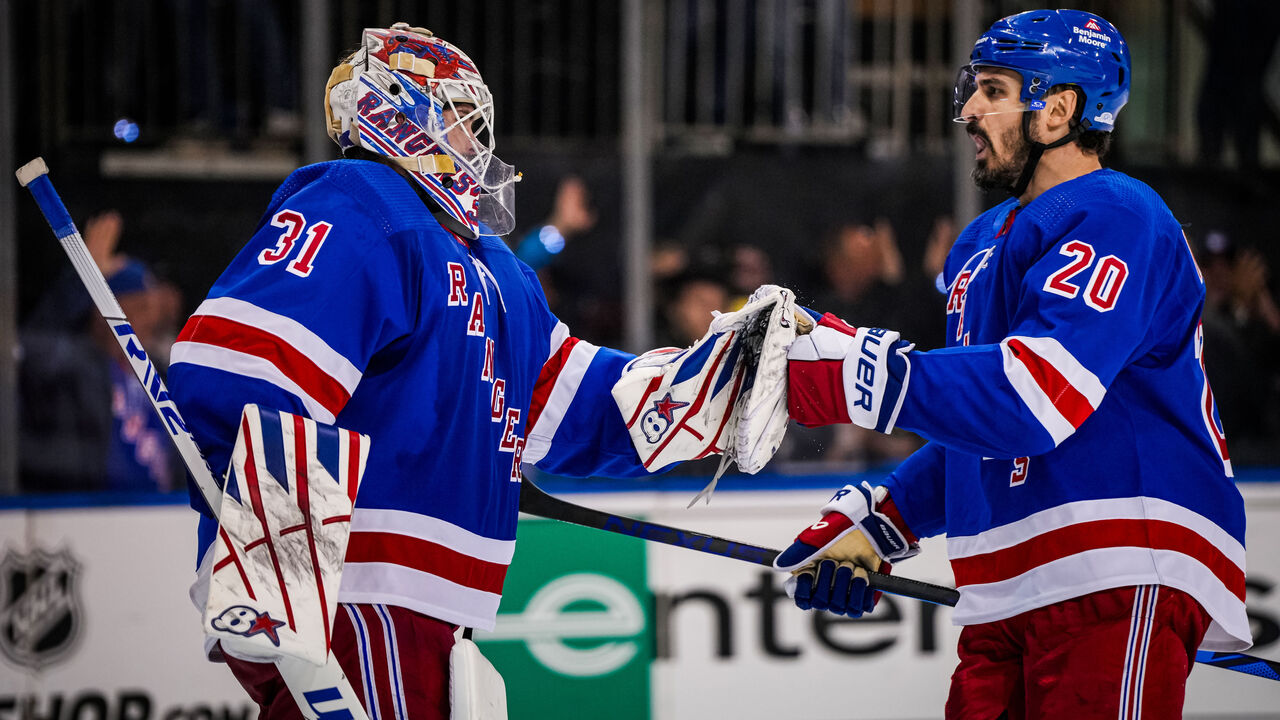
Tactic: Stretch passes, specifically off the stick of goalie Igor Shesterkin. The Panthers' defense is structurally sound, but they can get caught with too many bodies on the forecheck from time to time. Quick-striking will be invaluable for the Rangers, and Shesterkin can certainly help. He led all goalies in stretch passes during the regular season, according to Sportlogiq. The key here is that New York has the game-breaking talent to turn long bombs into legitimate scoring chances. Case in point: Shesterkin's two-zone pass to Mika Zibanejad in Game 2 versus Carolina led to an overtime goal.
Florida Panthers
At stake: After disposing of Tampa Bay in five games and Boston in six, Florida's attempting to advance to the Cup Final for the second year in a row. The Panthers' playoff roster features 11 pending unrestricted free agents.
Big question: Can Gustav Forsling continue to carry Ekblad? Florida's shutdown pairing limited Nikita Kucherov to three five-on-five points in Round 1 and David Pastrnak to two in Round 2. However, one guy - Forsling - has done the heavy lifting (with help from Selke Trophy-winning center Barkov, of course). Ekblad has been sluggish - off his mark on defensive assignments and sloppy with the puck. He doesn't get a ton of touches yet is tops on the team in giveaways. Minimizing the impact of superstar Panarin and his stellar linemates is the pair's toughest assignment to date. No pressure, Forsling.
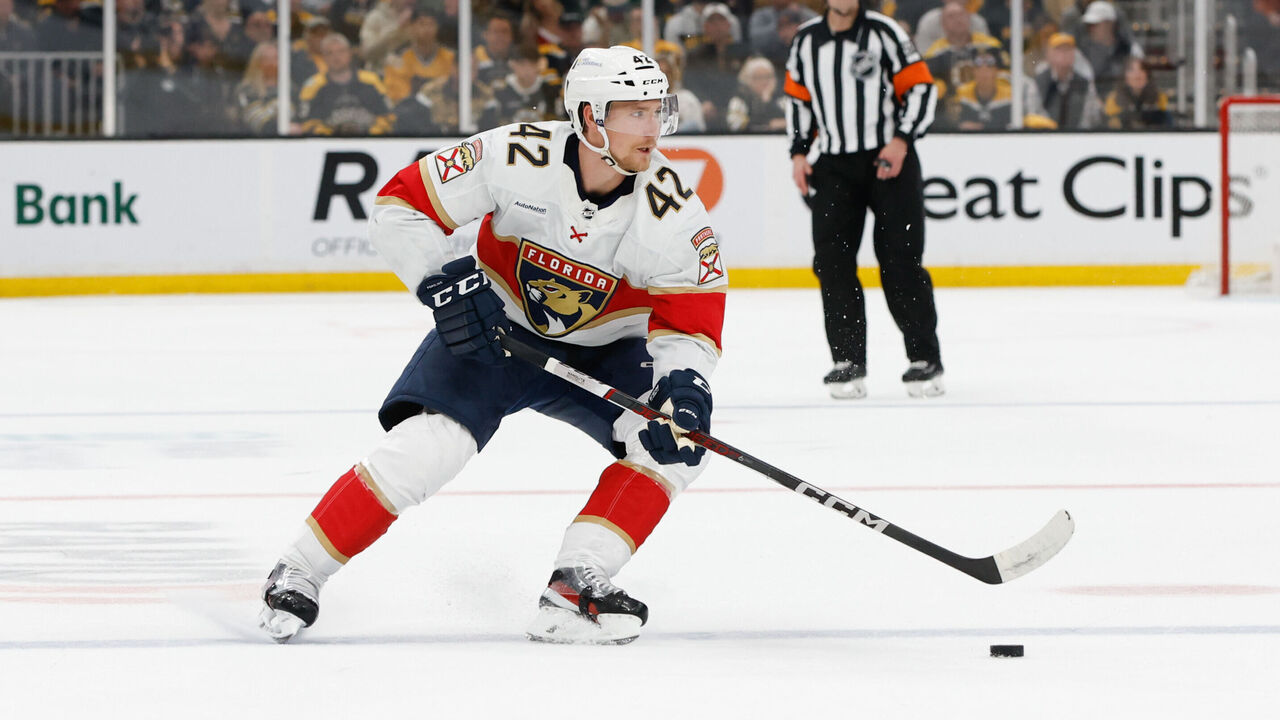
X-factor: Carter Verhaeghe, who leads the Panthers with six goals, including the overtime winner in Game 2 versus Tampa. His career playoff production (0.80 points per game) is slightly higher than in the regular season (0.75), and he's potted nine game-winners in 48 playoff contests since signing with Florida as a free agent in 2020. In other words, the moment's never too big for Verhaeghe, and that lethal wrist shot of his can turn a game on its head.
Tactic: Buzz the net, which is pretty much the only way to put pucks past Shesterkin right now. According to NHL Edge, 19 of the 25 goals Shesterkin has allowed this postseason have come off high-danger shot attempts. While it's always wise to prioritize quality scoring chances, especially when an elite goalie's between the pipes, that 19-of-25 stat underlines the necessity for Florida. The Panthers should be up for the task, too. In the regular season, they ranked first in chances generated off the forecheck, second in chances off rebounds, and third in chances off the cycle. Florida peppers goalies with slot shots and layered screens and must lean into that identity in this series.
Dallas Stars
At stake: Dallas lost to Tampa in the 2020 bubble Cup Final and Vegas in last year's Western Conference Final. The Stars' road to the 2024 conference final included battles with the heavyweight Golden Knights and Avalanche.

Big question: Will Roope Hintz return to the lineup? The Finnish center left midway through Game 4 of the second round and, as of Monday afternoon, was considered day-to-day with an upper-body injury. Yes, Dallas boasts the deepest forward group in the NHL (eight 20-goal scorers!), but not having speedy Hintz, the sixth-place finisher in Selke voting, would be a huge blow. Matt Duchene filled in admirably alongside Jason Robertson and Joe Pavelski to end the Colorado series. However, he's a 3C at this point in his career. If Hintz returns, another question: Can a compromised Hintz be effective?
X-factor: Thomas Harley, who's hunkered down as the responsible one on a pairing with franchise defenseman Miro Heiskanen. This isn't the kind of role anybody would have predicted ahead of Harley's first full NHL season. But the giant, smooth-skating blue-liner has embraced it nonetheless. His point total (two in 13 games) has become a non-issue because Heiskanen's activating enough for both of them. The Stars are up 6-4 in goals and 7.8-5.1 in expected goals over the duo's 160 five-on-five minutes, per Evolving-Hockey.
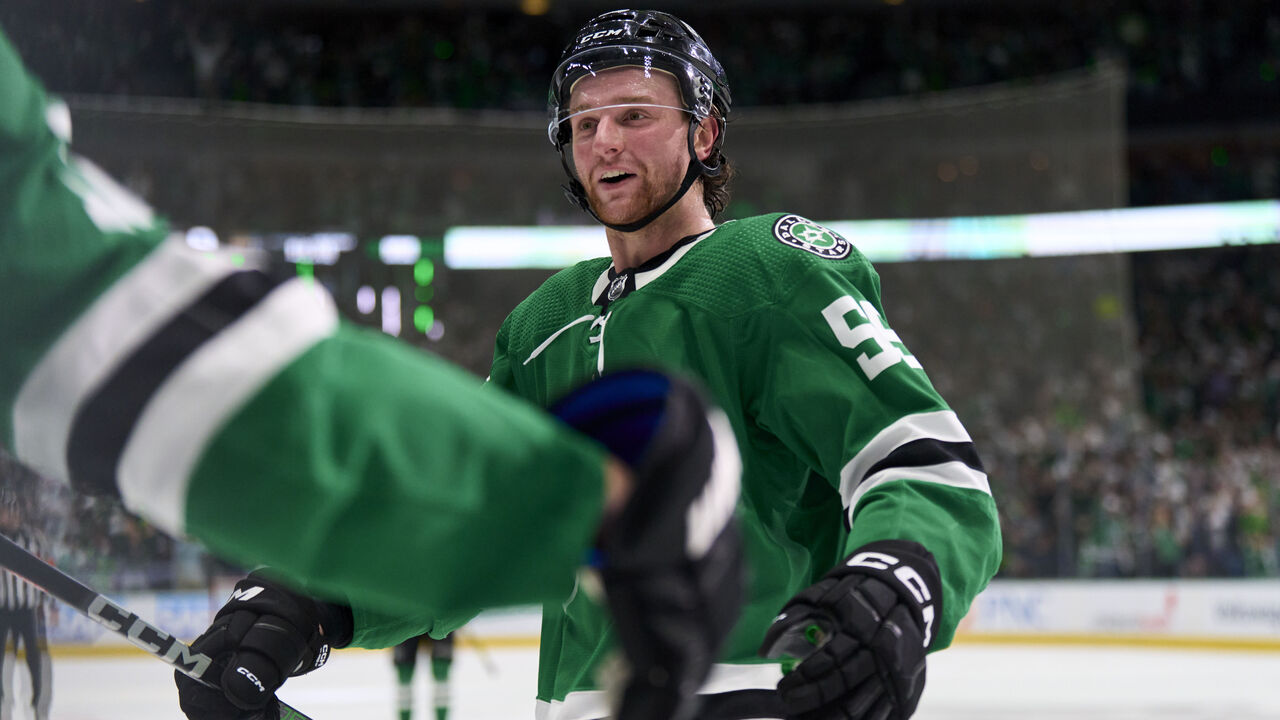
Tactic: Manage Chris Tanev's workload, which will be easier said than done. The Stars need Tanev, who's arguably the best pure defender left in the playoffs. The trade deadline acquisition does everything right: stick checks, shot blocks, and first passes. Coach Pete DeBoer needs him to continue flourishing in extremely tough minutes, in general, and especially because he doesn't trust his bottom pairing of Ryan Suter with one of Nils Lundkvist, Alex Petrovic, or Jani Hakanpaa. Still, DeBoer can't grind Tanev into dust. At 34, he's playing nearly 24 minutes a night despite never averaging more than 22 in a postseason throughout his 14-year career. The benefit of last change in Games 1 and 2 opens the door to give Tanev a breather or two per period.
Edmonton Oilers
At stake: Competing in the conference finals for a second time in three years, this is the most successful stretch of the Connor McDavid era. Edmonton was the lone team in the second round that made a midseason coaching change.
Big question: Can they get any offense from the bottom six? The Oilers' forward group is top-heavy, so an imbalance of some kind should be expected. However, coach Kris Knoblauch needs his role players to pitch in ASAP. Ryan McLeod, Warren Foegele, Connor Brown, Sam Carrick, Corey Perry, and Derek Ryan have all failed to score a five-on-five goal in Edmonton's 12 games, while Mattias Janmark has potted one. That's an unacceptably low level of contribution, even with most of the top six seemingly scoring at will.

X-factor: Connor McDavid, who's won 13 major individual awards in nine seasons but never tasted Cup Final hockey. It would be disingenuous to pick another Oiler. McDavid's a generational player in the prime of his career and his core traits - world-class speed, hockey IQ, and playmaking - make him a perpetual offensive threat and, thus, an X-factor. McDavid, linemate Leon Draisaitl, and defenseman Evan Bouchard have each surpassed the 20-point mark through two rounds, which is wild. The power play's humming, too. Somehow, though, it feels as if No. 97's best performances are still to come.
Tactic: Protect Stuart Skinner at all costs - which is to say, keep doing what you're doing, Oilers skaters. Edmonton is first among playoff teams in all-situations expected goals against per game. Insulating the goaltender has become a survival tactic for a team relying on Skinner and backup Calvin Pickard. Skinner has looked flat-out uncomfortable going down for saves at times, and he owns a goals saved above expected number to match it (minus-7.1 through 10 games, according to Sportlogiq). East-west passing has burned Skinner on multiple occasions. The same goes for tips and deflections. Skinner versus Stars goalie Jake Oettinger is Round 3's biggest mismatch.
John Matisz is theScore's senior NHL writer. Follow John on Twitter (@MatiszJohn) or contact him via email (john.matisz@thescore.com).
Copyright © 2024 Score Media Ventures Inc. All rights reserved. Certain content reproduced under license.
